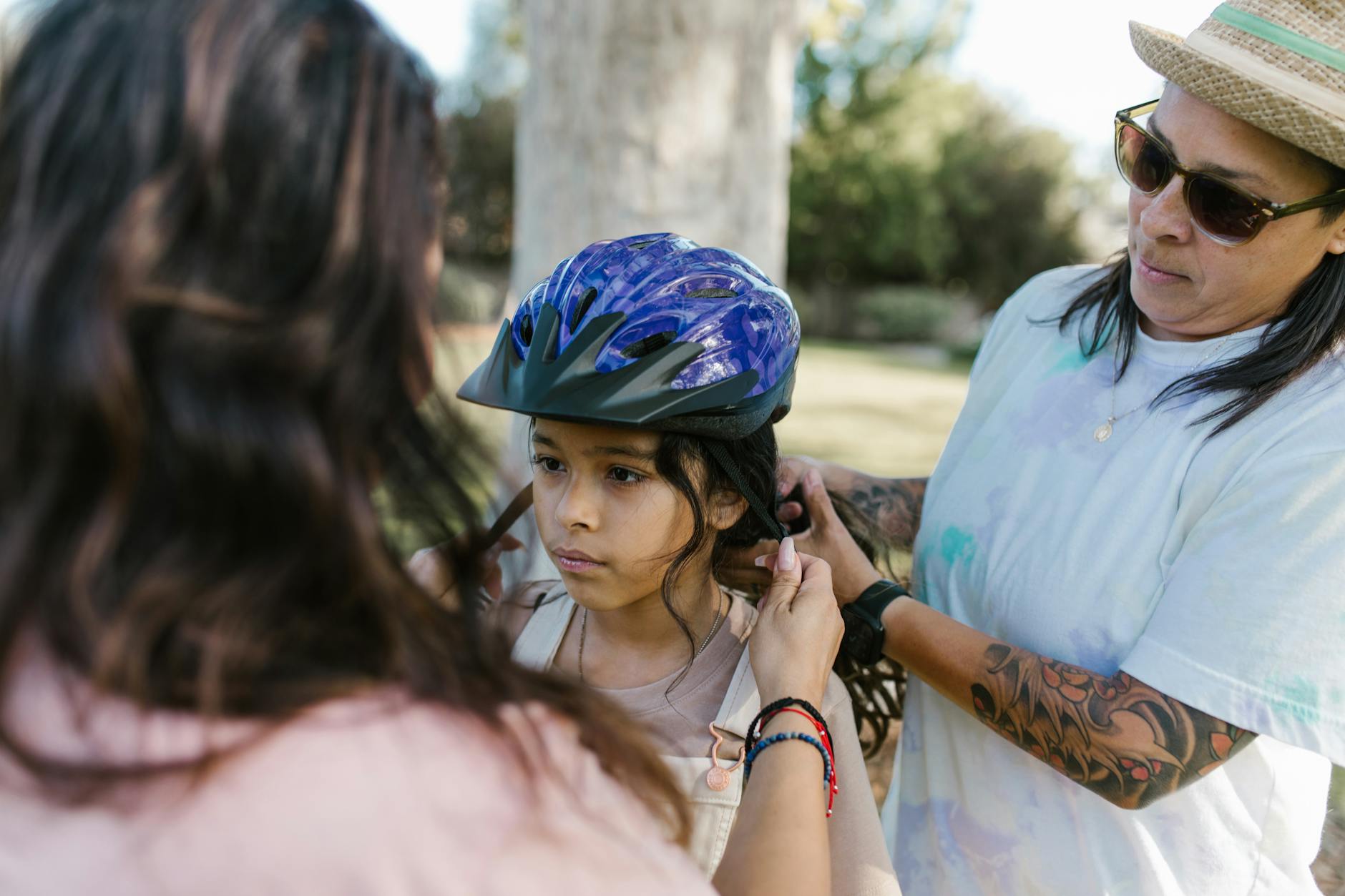Discover the essential cycling safety tips every parent and child should know before hitting the road together. Stay safe!
Table of Contents
When it comes to cycling with children, safety should always be the top priority. Ensuring that your child is riding a bike that is the right size for them is crucial for their comfort, safety, and skill development. In this blog post, we will explore how to choose the right bike size for children, safety tips for cycling with kids, and the best balance bikes for 2-year-olds.
Why Choosing the Right Bike Size is Important
Choosing the right bike size for your child is essential to ensure that they are comfortable and safe while riding. An improperly sized bike can be difficult for a child to handle, leading to accidents and injuries. To determine the right bike size for your child, you can start by measuring their inseam and height.
Measuring your child’s inseam is a good starting point to determine the correct bike size. Have your child stand with their feet shoulder-width apart and measure the distance from the floor to their crotch. This measurement will give you an idea of the minimum seat height they will need on a bike.
Next, measure your child’s height to ensure that the bike is the right size overall. The right bike size will allow your child to comfortably reach the handlebars and pedals without straining or stretching too much. This will help them maintain control and balance while riding.
Tips for Cycling Safely with Kids
When cycling with kids, safety should always come first. Here are some essential tips to keep in mind:
1. Wear Helmets: Make sure that you and your child always wear helmets when cycling. Helmets can protect against head injuries in the event of a fall or collision.
2. Use Proper Equipment: Ensure that your child’s bike is equipped with reflectors, lights, and a bell for visibility and communication on the road. Additionally, make sure the bike is well-maintained and in good working condition.
3. Follow Traffic Rules: Teach your child the importance of obeying traffic rules and signals while cycling. This includes stopping at red lights, yielding to pedestrians, and using hand signals to indicate turns.
4. Teach Road Safety: Help your child understand road safety principles, such as looking both ways before crossing the street, staying alert, and being aware of their surroundings while cycling.
Best Balance Bikes for 2-Year-Olds
Balance bikes are a great way to introduce young children to cycling and help them develop balance and coordination skills. Here are some of the best balance bikes for 2-year-olds:
1. Strider 12 Sport Balance Bike: The Strider 12 Sport is a popular choice for young children due to its lightweight frame, adjustable seat height, and puncture-proof tires. It is designed to help children learn to balance and steer with ease.
2. Radio Flyer Glide & Go Balance Bike: The Radio Flyer Glide & Go Balance Bike features a sturdy steel frame, cushioned seat, and adjustable handlebars. It is a durable and comfortable option for young riders.
3. Kazam Classic Balance Bike: The Kazam Classic Balance Bike is known for its step-through frame design, air-filled tires, and adjustable seat height. It is a versatile option that can accommodate children as they grow.
How to Adjust Bike Size as Your Child Grows
As your child grows, it is important to regularly check and adjust their bike size to ensure a comfortable and safe riding experience. Here are some tips on how to adjust the bike size as your child grows:
1. Adjust the Seat Height: To accommodate your child’s growth, adjust the seat height so that their legs have a slight bend when fully extended on the pedals. This will prevent strain and discomfort while riding.
2. Check the Handlebar Position: Ensure that the handlebars are at a comfortable height and distance for your child. Adjust the handlebar position to allow for a relaxed and upright riding posture.
3. Upgrade to a Larger Bike: If your child has outgrown their current bike, consider upgrading to a larger size to ensure a proper fit. A bike that is too small can be uncomfortable and difficult to ride.
By following these tips and guidelines, you can ensure that your child is riding a bike that is the right size for them and that they are equipped with the necessary safety knowledge and skills for a fun and safe cycling experience.

